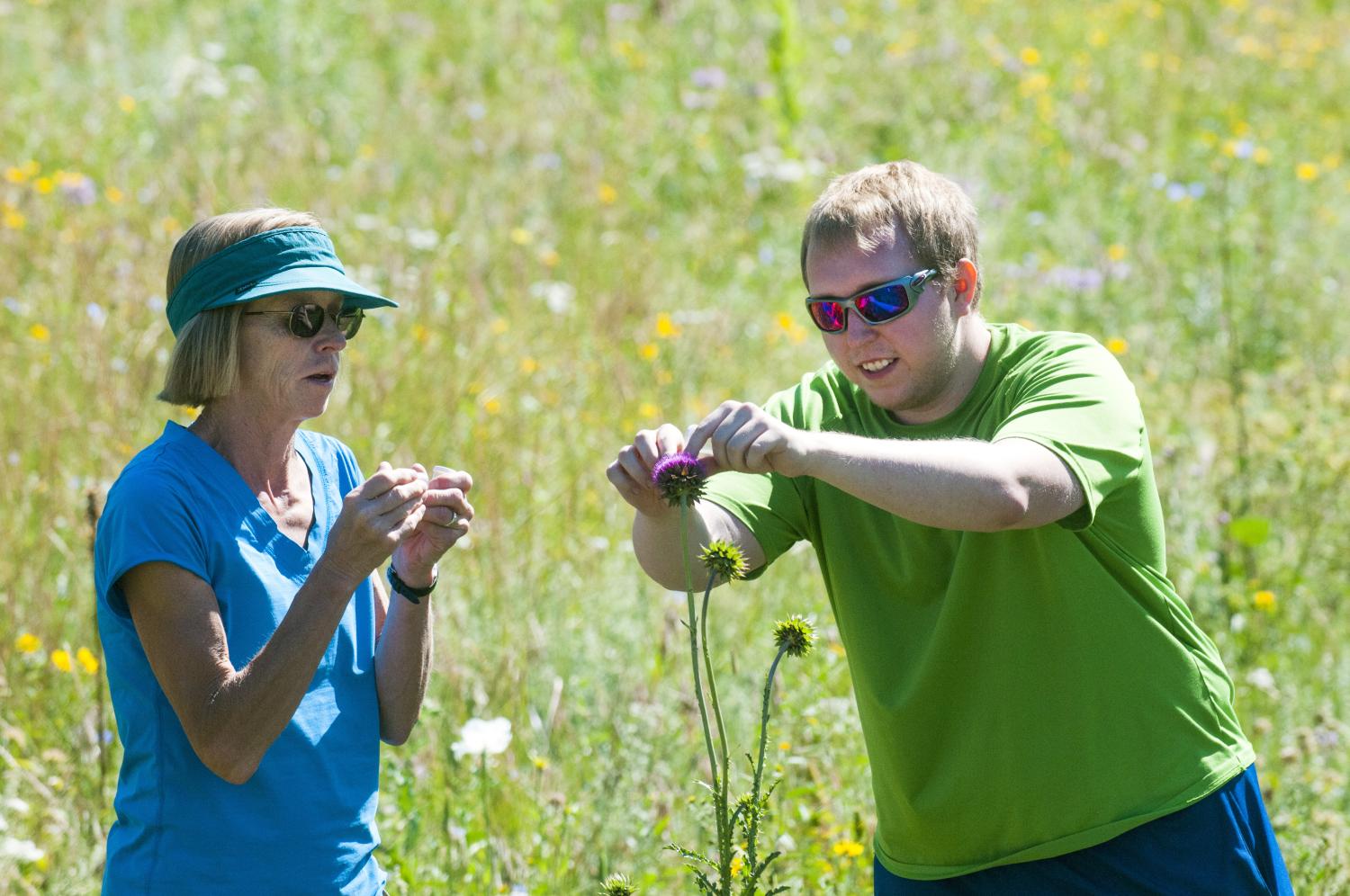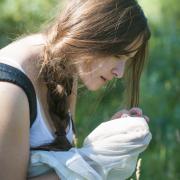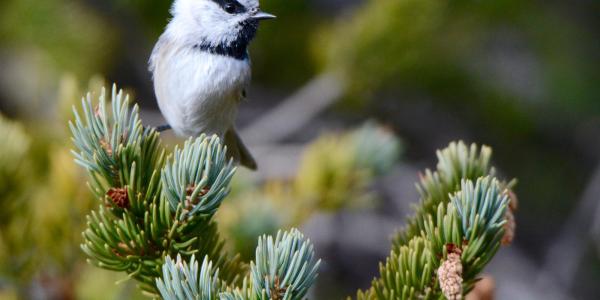 CU Boulder researcher Carol Ann Kearns works with a student to collect bumblebees.
CU Boulder researcher Carol Ann Kearns works with a student to collect bumblebees.
Native bumblebee populations remained stable across Boulder County in recent years with none of the 22 native species showing declines over a 5-year period, according to new CU Boulder research. Two native species thought to be headed for extinction in parts of North America were found in several locations in the county.
The study – the first to comprehensively document native bumblebee population trends in the area – comes at a time when the critical pollinators have been shrinking in numbers in many regions around North America and beyond. Non-native commercial honeybee populations have also been dropping precipitously in many states, including Colorado.
The authors caution their findings don’t necessarily translate to honeybees or to other regions of the state, and people should not ignore the plight of bees. But they are, nonetheless, heartened by the results.
“It shows that Boulder County is doing something right in maintaining as much green space and floral resources as it has,” says co-author Diana Oliveras, an instructor of biology in CU Boulder’s Baker Residential Academic Program (RAP).
For the study, recently published in the Journal of Insect Conservation, Oliveras and co-authors Carol Ann Kearns (associate director of the Baker RAP) and Claire Lay (doctoral graduate from CU Boulder’s department of Ecology and Evolutionary Biology), enlisted undergraduate RAP student volunteers to scour nine 100-meter by 100-meter sites – three at 5,600 feet in elevation; three at 8,500 feet; and three at 11,500 feet – in search of bumblebees.
Small groups went out two or three times a week during peak bee activity time (10 a.m. to 3 p.m.) during the summer months from 2010 to 2014. They captured the bees in nets, placed them in vials and put them in coolers to slow their movement so they could identify their species and social caste: queen, worker female, or male. Then the bees were released.
It shows that Boulder County is doing something right in maintaining as much green space and floral resources as it has,” says study co-author Diana Oliveras.
In all, they collected 6,019 bees of 22 species. All but one species present in Boulder County prior to 1970 were still present, according to comparisons made with historical data from CU Boulder’s Museum of Natural History collections. Bombus auricomus, the only species not found in this study, is rarely seen in Boulder (only two specimens from the 1960s are in the museum). The species is typically found on the eastern plains of Colorado.
The eastern bumblebee, Bombus pensylvanicus, was previously believed to be on the decline in the country, but females and males were found at several sites. The western bumblebee, Bombus occidentalis, easily identified by its white rear end, has been documented to be in sharp decline nationwide.
“It was one of the more common species around here but started declining in the 1990s,” said Kearns, noting that in a 2009 study of grassland pollinators in Boulder County, the authors found not a single one. In the more recent study, the species was found at four sites.
The news was not all good, though.
For one species, Bombus nevadensis, the researchers found males emerging in late spring, far earlier than their typical late-summer arrival. This could be the result of days getting warmer sooner due to climate change; the presence of unfertilized queens that did not find mates; or excessive inbreeding, which can be a signal of pending decline.
In general, the authors see the study findings as positive and credit bee-friendly initiatives and policies. In 2015, the City of Boulder adopted a resolution restricting the use of certain pesticides containing neonicotinoids, which have been linked to bee declines. Other initiatives have urged residents to plant pollinator-friendly flowers – an effort the CU Boulder campus has undertaken as well.
The authors hope their work can be used as a baseline to follow bumblebee population shifts in the future. For now, they are cautiously optimistic.
“What I would not want people to do is to take a message from this paper that they should be complacent and that all of Colorado is in good shape in terms of pollinators,” says Kearns. “We are very fortunate here.”









